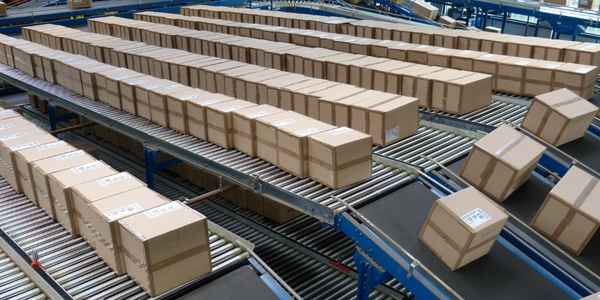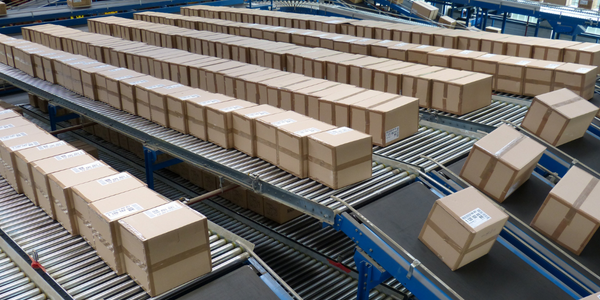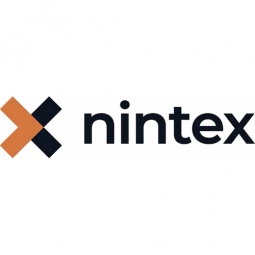Technology Category
- Sensors - Acoustic Sensors
- Sensors - GPS
Applicable Industries
- Packaging
- Retail
Applicable Functions
- Logistics & Transportation
- Sales & Marketing
Use Cases
- Intelligent Packaging
- Smart Contracts
About The Customer
Yamaha is one of the world's leading suppliers of musical instruments and audio equipment. Their products cater to a wide range of customers, from students to professional musicians and recording artists. The company's growth has led to the creation of different divisions for its diverse product and distribution channels, including PAC (guitars, amps, drums), band and orchestral (marching band, rose parade), and the keyboard division. Each division has its own set of legal exhibits and agreements that dictate how its products can be marketed and sold. These divisions sell to retailers that have dozens or even hundreds of store locations or dealers.
The Challenge
Yamaha, a leading supplier of musical instruments and audio equipment, faced a significant challenge in managing its legal contracts and agreements. The company's growth led to the creation of different divisions, each with its own set of legal exhibits and agreements dictating how products could be marketed and sold. These divisions sold to retailers with multiple store locations, making the manual creation of documents a complex and time-consuming task. The process was further complicated when a national account carried products from multiple Yamaha divisions, requiring a Master Dealer Agreement and legal agreements for each division. The volume of emails and documents often confused retailers, leading to overlooked or incomplete documents. Despite being a Salesforce and DocuSign user, Yamaha had to step outside these environments to complete documents, leading to a desire for a document automation solution.
The Solution
Yamaha turned to Nintex DocGen for Salesforce to manage the entire document creation process. This system allowed Yamaha to directly merge Salesforce data into documents and send a single package of documents to retailers and dealers. The first project Yamaha undertook was automating the credit application process. They created a Nintex DocGen document package that included the credit app and other supporting documents, pulling data directly from Salesforce to pre-fill fields. Nintex DocGen also helped Yamaha automate the generation, assembly, and distribution of master dealer agreements (MDAs), legal agreements, and exhibits from Yamaha corporate and divisions to retailers and their dealers. Yamaha created a single document package that contained all necessary contracts and agreements. They further improved the process by building in triggers so that when a signed document package was received, both the parent and child agreements would be automatically updated and the history recorded in Salesforce.
Operational Impact
Quantitative Benefit

Case Study missing?
Start adding your own!
Register with your work email and create a new case study profile for your business.
Related Case Studies.

Case Study
Improving Production Line Efficiency with Ethernet Micro RTU Controller
Moxa was asked to provide a connectivity solution for one of the world's leading cosmetics companies. This multinational corporation, with retail presence in 130 countries, 23 global braches, and over 66,000 employees, sought to improve the efficiency of their production process by migrating from manual monitoring to an automatic productivity monitoring system. The production line was being monitored by ABB Real-TPI, a factory information system that offers data collection and analysis to improve plant efficiency. Due to software limitations, the customer needed an OPC server and a corresponding I/O solution to collect data from additional sensor devices for the Real-TPI system. The goal is to enable the factory information system to more thoroughly collect data from every corner of the production line. This will improve its ability to measure Overall Equipment Effectiveness (OEE) and translate into increased production efficiencies. System Requirements • Instant status updates while still consuming minimal bandwidth to relieve strain on limited factory networks • Interoperable with ABB Real-TPI • Small form factor appropriate for deployment where space is scarce • Remote software management and configuration to simplify operations

Case Study
Digital Retail Security Solutions
Sennco wanted to help its retail customers increase sales and profits by developing an innovative alarm system as opposed to conventional connected alarms that are permanently tethered to display products. These traditional security systems were cumbersome and intrusive to the customer shopping experience. Additionally, they provided no useful data or analytics.

Case Study
How Sirqul’s IoT Platform is Crafting Carrefour’s New In-Store Experiences
Carrefour Taiwan’s goal is to be completely digital by end of 2018. Out-dated manual methods for analysis and assumptions limited Carrefour’s ability to change the customer experience and were void of real-time decision-making capabilities. Rather than relying solely on sales data, assumptions, and disparate systems, Carrefour Taiwan’s CEO led an initiative to find a connected IoT solution that could give the team the ability to make real-time changes and more informed decisions. Prior to implementing, Carrefour struggled to address their conversion rates and did not have the proper insights into the customer decision-making process nor how to make an immediate impact without losing customer confidence.

Case Study
IoT Data Analytics Case Study - Packaging Films Manufacturer
The company manufactures packaging films on made to order or configure to order basis. Every order has a different set of requirements from the product characteristics perspective and hence requires machine’s settings to be adjusted accordingly. If the film quality does not meet the required standards, the degraded quality impacts customer delivery causes customer dissatisfaction and results in lower margins. The biggest challenge was to identify the real root cause and devise a remedy for that.

Case Study
Zenon the Ideal Basis for An Ergonomic HMI
KHS develops and produces machines and equipment for filling and packaging in the drinks industry. Because drinks manufacturing, filling and packaging consist of a number of highly complex processes, the user-friendly and intuitive operation of equipment is increasingly gaining in significance. In order to design these processes as simple as possible for the user, KHS decided to introduce a uniform, transparent and standardized solution to the company. The HMI interface should meet the requirement for people with different qualifications and enable them to work on a standard platform.








